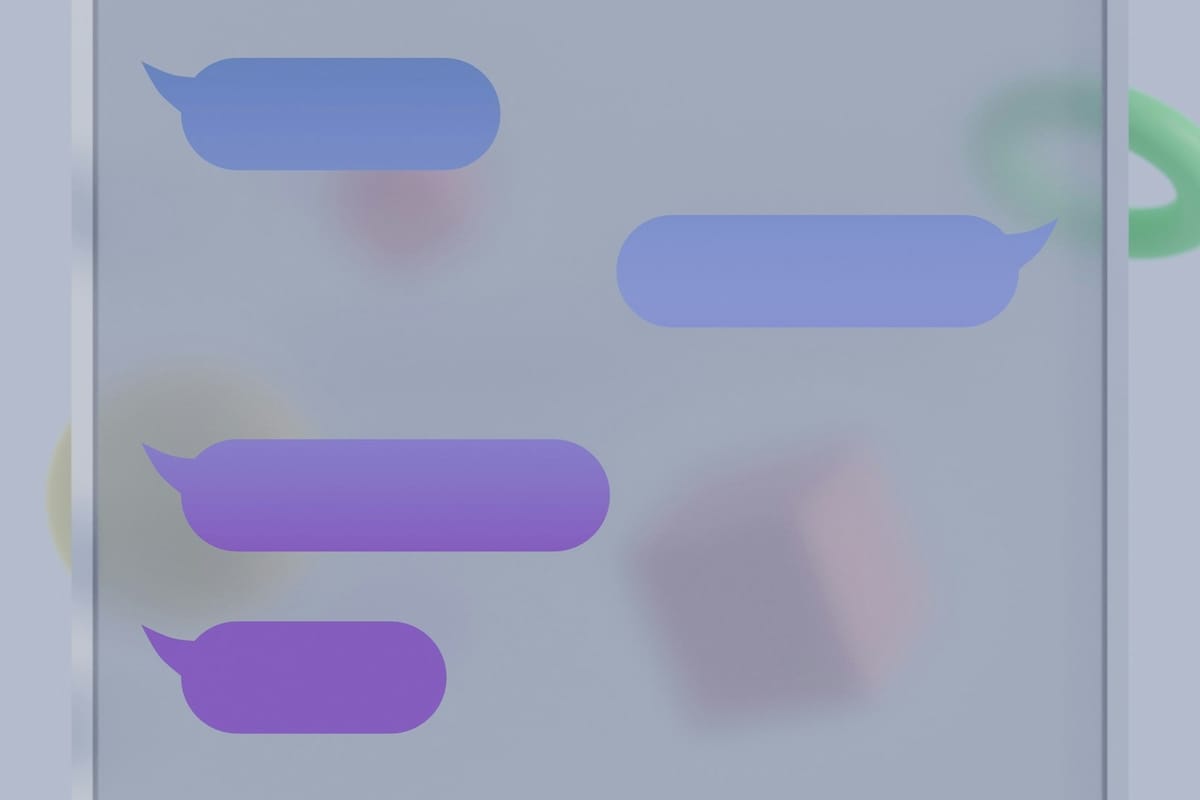Group Chats are the New (Old) Social Network

Over the last four or five years, I’ve found myself increasingly shying away from the public, and often highly performative habit of posting updates to Instagram. In fact, I’ve found myself increasingly thinking about redefining my relationship with social networks, and in many cases, that means quitting them entirely in favour of a lot more private, truly end-to-end encrypted messaging (more on that later).
Almost exactly a year ago, I thought it might be interesting to try a simple 30-day experiment; deactivate my Instagram account and see what happens. This came on the heels of deleting my Facebook account in 2018 and moving all my conversations from WhatsApp in 2021 to Signal. My initial thoughts with this experiment were apprehensive to say the least. Was I going to miss out on all the cool and interesting things that would populate my feed, one that I had painstakingly curated over the last several years? Spoiler alert, I did not.
In fact, almost the exact opposite happened. See, I’ve never had and never will have the largest online following, and frankly, that’s completely fine with me. I’m not online to gain followers; I’m online because I think that there’s just so many fun and weird things that we can do with the seemingly infinite tools available to us. Before deactivating my Instagram account, I would average anywhere from 35 to 50 likes per post. What I found interesting, however, was that a few of my closest friends had stopped using Instagram almost entirely a few years prior, only checking in once or twice a year. That invariably meant that not only would I have to post to Instagram, but also share the photos directly with my friends.
Around the 30-day mark of not having an active Instagram account, I noticed two things. First, a sense of relief in that I had one less app to check daily, and second, the people I was sharing photos with directly were the ones I genuinely wanted to share things with anyway.
This lead me to a somewhat unsurprising revelation, and that’s that group chats are the new (old) social network.
Over the last year, during a few trips around Canada, I shared photos of our campsite and the night sky in a group chat with friends and pictures of my cat doing silly things in a group message with coworkers in Slack. And when it comes to holidays and birthdays, I somewhat begrudgingly embrace my role as a semi-decent photographer (only because my actual photographer brother refuses to do so during his off hours). But, when it comes to sharing those photos, they’re once again done so entirely via private group chats or Google Photos albums.
So going back to an earlier statement, this is an entirely unsurprising revelation. Peer-to-peer messaging and the guise of “private” messaging are as old as the consumer-facing side of the internet itself. Remember the app Path, the social platform limited to just your closest circle? The app was built upon the Dunbar theory, or the idea that “suggested cognitive limit to the number of people with whom one can maintain stable social relationships—relationships in which an individual knows who each person is and how each person relates to every other person.” Or in simple terms, humans as a species cannot handle more than 150 close friends. While Path didn’t ultimately work out, there just might have been some legitimacy to their idea that in hindsight was probably ahead of its time.
Speaking of something being ahead of its time, that brings me to the crux of whatever this is. Remember Google+, Google’s disastrous attempt at social networking? One of the many fabled “Facebook killers?” Well, I loved that platform in all of its misguided glory, in particular, its focus on social Circles. In Google+, you could share whatever you wanted with those social circles. So, for instance, you could have one circle with 10 people, and another circle with another 10 people, but the second circle is a mix of people from the first circle and other friends of yours. You could choose what you wanted to share and with whom you wanted to share it with. And if you were feeling particularly fancy, you could share it publicly for the 15 other Google+ users to see and comment on.
That’s basically a long-winded way of saying that Google found a way to recreate group chats in a somewhat more convoluted manner, but they weren’t entirely off the mark. All you need for proof is the rise of Finstas, which are semi-private non-main Instagram accounts where people actively limit who has access to what is being posted. Or, in other words, group chats.
In the early days of social media, it was just cool to blast your thoughts out into the ether and see who just might respond from the other side. There was, and to a large extent still is, a deep longing for interconnectedness across time and space. Group chats, or even simple one-on-one messages, on the other hand, work to strengthen the bond between two or more people. And despite the occasional urge to share, to blast my thoughts out into the ether to my hundred-something “followers” on Twitter, I increasingly find myself moving more and more towards private conversations with my friends and loved ones, especially when posting things to Facebook, Instagram, TikTok and the like has never seemed less appealing (looking at you, in-app browser code injections).
And that’s the beauty of private messages - there’s no “feed” that you always need to check in on. Conversations flow when you and the other person want them to. It’s not forced engagement because the app is telling you to click its icon, but instead, it’s distraction with intention. And with group chats, they move with you regardless of platform, meaning if you or one of your friends quits Instagram, you won’t be missing out on anything (unless you’re locked into iMessage, which in that case, you’re shit out of luck).
So, while I’m unlikely to go back to being extremely online, I’m still somewhat online, sharing things that I find interesting.




